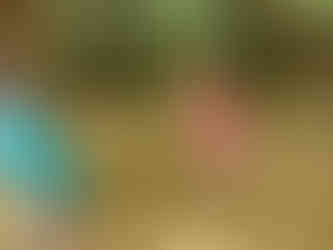Session 1 June 11
- Maria Moody

- Jun 11, 2021
- 2 min read
After Gratitude Circle, we went straight into painting and making paint from rocks. Explorers used rocks from the creek to test out smashing into a powder using a mortar and pestel. Then they choose a binder (egg yolk or elmers glue) to add to the powder until it was the consistency of paint. Some explorers also painted with watercolor paints while waiting to smash and grind rocks.
Then we completed the final challenge of the week: The Migration Challenge. After discussing what migration is and why some animals complete such long journeys, the exploreres teamed up and selected a bird. They went to Start and rolled the dice to know which station to go to next. Each station had a different scenario (some hazards and some helpful for their migration as birds). For example, one station was a wildlife sanctuary where they could rest and move ahead 6 stations. Some hazards included bad weather, habitat loss, or pollution. Then they each got a key for completing the challenge. However, only one key was the correct one to open the next box. I let them examine the lock to see if they thought their key was the correct one. If they thought they had the right key but it didn't open they lost a heart! Fortunately, they had many hearts still so they were all safe.
Once opened, the box gave the last clue to opening the final treasure chest. In the chest was a bag of native Butterfly Milkweed seeds for each explorer. The Butterfly Milkweed is one of the only plants the Monarchs will lay larvae on. The seeds are the start to their own food chain: The Monarchs eat the Milkweed, they are then prey for the Black-eared mouse which is then prey for the endangered Black-footed ferret. They all adopted a black footed ferret through World Wildlife Fund. The Black-footed ferret is also prey for the endangered Red wolf (which they also adopted through the National Wildlife Federation). So their reward for all their challenges and focused learning this week was helping a complete food chain of mostly endangered species (the Black-eared mouse's conservation status is not a concern).
After lunch, at the creek most explorers worked on a new and improved dam or splashed around. Some went to play with clay again or catch water beetles and minnows. While there, I found a claw from a crayfish. We decided he must have lost it in a battle with another crayfish. Then on our way back to camp, we saw a salamander hanging out in a tree!
Lastly, they performed their original play, "Colorless" for family and friends.



























































































Comments